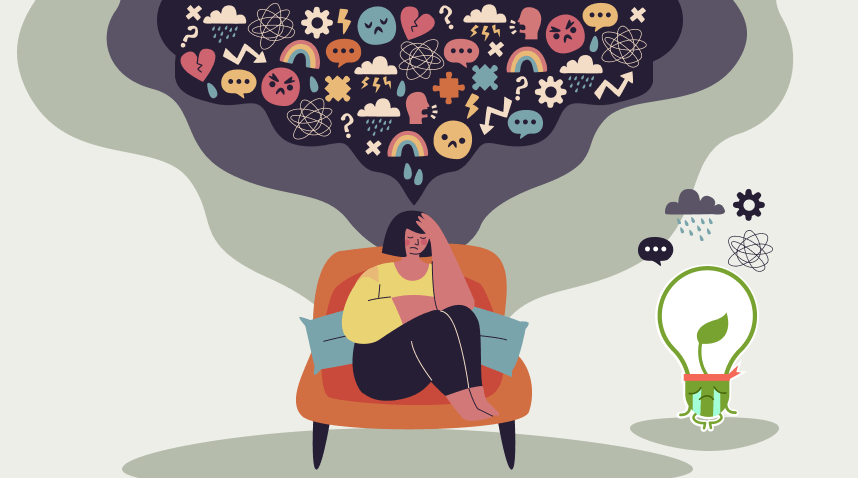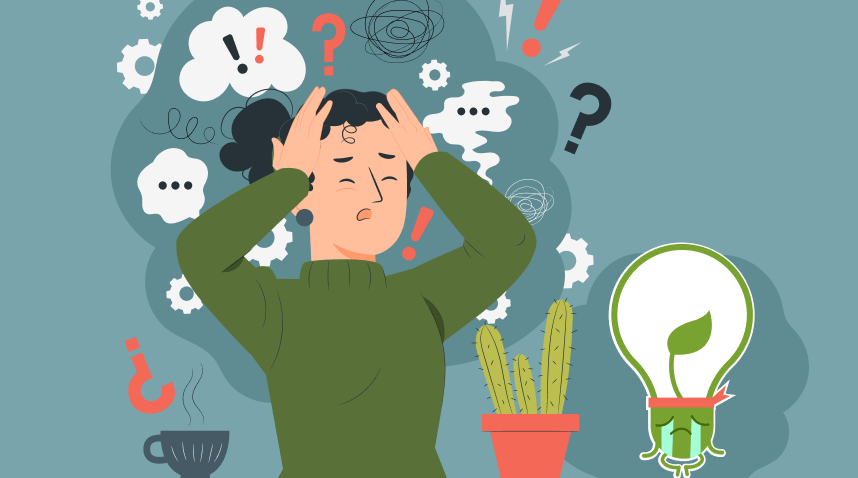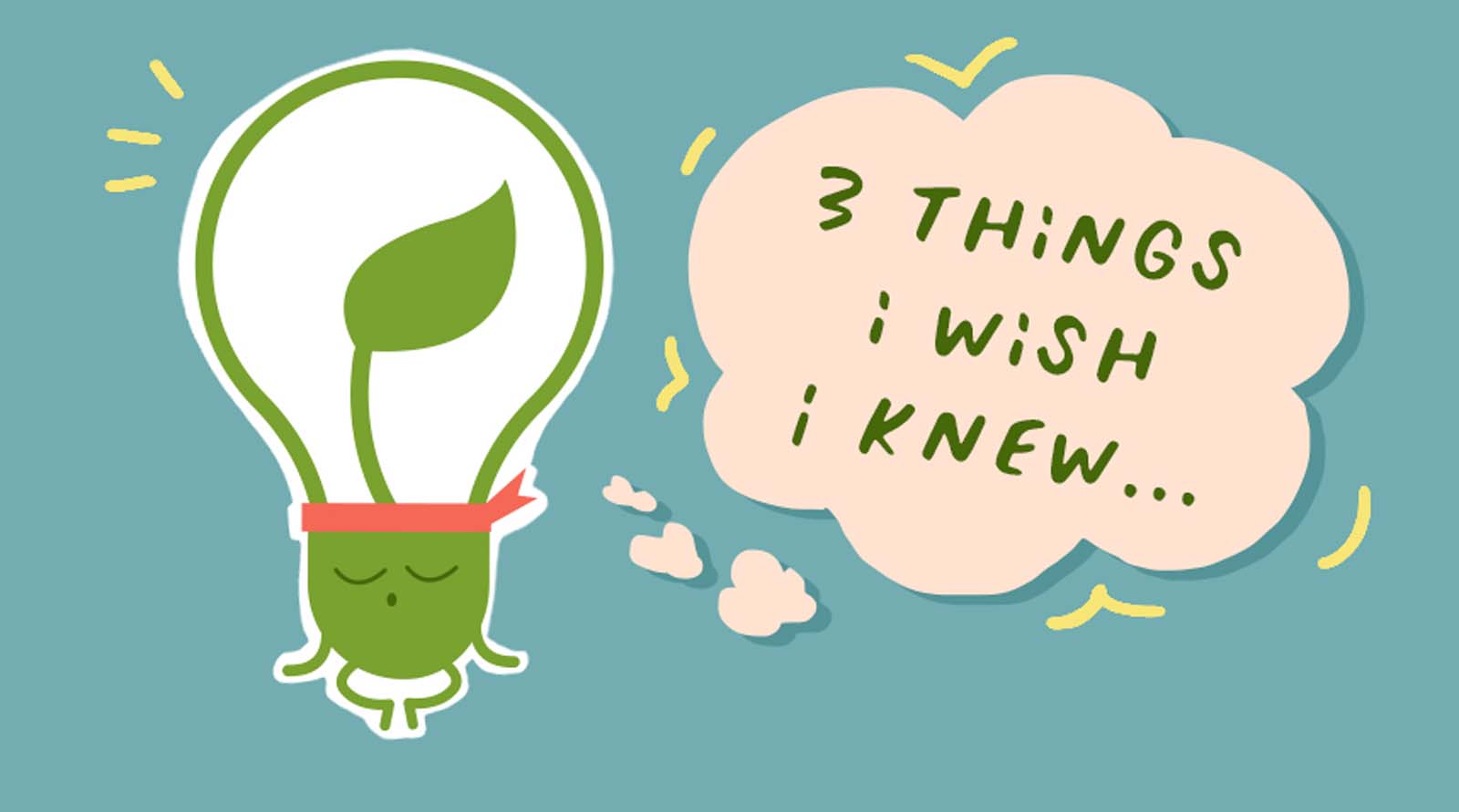
Why Is Mindfulness So Hard?
Editor’s Note: This article is the first part of two instalments, edited from Sister Sylvia Bay’s Dhamma talk for the Global Buddhist Conference in December 2023.
TLDR: Mindfulness is an elusive aspect of Buddhist practice that many beginners find it hard to nail. Sister Sylvia acknowledges the challenges and offers three explanations on its impediments.
Arousing mindfulness in itself is not that difficult. Most of us, even when we were new to it, probably would not have much difficulty. The challenge, if any, is sustaining mindfulness.
In this article, my reference to mindfulness is both the practice of mindfulness in a dedicated meditation sitting as well as mindfulness in daily life.
The Difficulty of Mindfulness
First, mindfulness in a meditation sitting: we sit, and focus our attention on a meditation object e.g., breathing. We settle mindful attention on the breathing. Mere moments later, attention drifts.
We will try again. Focus.
Bring mindfulness to the breathing and again, attention drifts.
Random thoughts intrude. Sounds beckon.
We experience bodily discomfort. Mindful attention just does not stay put. Sounds familiar? Should this persist, we will feel discouraged and demoralised.
The more we try, the more dukkha we feel. A ‘meditation’ sitting becomes a vicious cycle of aspirational hope, valiant effort, disappointment, dejection, maybe apprehension (about sitting again), even aversion.
We may even give up and we have regrets.
Next, mindfulness in daily life – that is even harder.
We may experience sporadic and periodic momentary mindfulness in daily life: five minutes here, six minutes there.
Unfortunately, for the most times, it’s just that, sporadic and periodic.

Why is mindfulness so hard?
I offer three explanations. You may have your own unique circumstances, but the following are the generic ones.
1) Mindfulness is not a habit for the mind to stay put
Our regular mind is easily distracted. I suspect this tendency is genetic. It is programmed into our genes to make sure that humans survive as a species and proliferate. Our genes are not particular whether or not we are happy but we must live on and multiply.
So subconsciously, we are constantly on the lookout for ‘danger’. We may no longer be living in a dangerous world, but our genes are still stuck in primeval times. (That’s why we are still afraid of the dark and we are easily startled by loud and sudden unexplained sounds.)
Subconsciously, we are sensitive to perceived ‘threats’ and are primed for fight or flight.
The question is what are these threats in our time and space?
Here in Singapore, a modern, economically advanced, stable, secure and peaceful land, where is the threat?
‘Threats’ are perceived. They may or may not be real but if your mind says they are there, they are.
In our world, ‘threats’ are anything that we perceive might diminish our pleasure, eat into our resources (time, money, space), and undermine our sense of well-being. At the same time, we are also on the perpetual lookout for ‘gains’, for the opportunity to consume, improve and enjoy more.
Hence, our mind could not stay put for long. It must constantly guard against threats (unpleasant and/or painful experiences) and seek out opportunities (for pleasurable and pleasant experiences).
Mind will flitter from sensual objects to sensual objects in the external world, drawn or repelled by sights, sounds, smell, tastes and touch. Then it drifts inwards to review, replay, plan and construct.
This random zig-zagging and flipping-flopping between worlds is incessant. While seemingly draining, this is what keeps us alive and going, beyond death, into the next birth. This is saṃsāra.
This is the habitual reality of our regular, untrained and uninstructed mind.
Some of us are so used to it that we cannot even begin to conceive how a mind can stop zipping and settle quietly into the present, content with the here and now.
2) Too many desires
Now, the first explanation and the second are not the same. 1 is genetic. 2 is conditional arising and habits built over time.
Most of us have consciously or subconsciously developed and nurtured a constant stream of unrelenting wants and desires. We have an enormous appetite. Every new delightful or painful experience feeds desires and breeds more wants.
The Buddha had broadly categorised the world’s vast spread of infinite desires into kāma taṇhā (craving for sensual pleasures), bhava taṇhā (craving for becoming) and vibhava taṇhā (craving for non-becoming).
Kāma taṇhā is the craving for the world of pleasurable senses (i.e., world without pain and unpleasantry): beautiful sights, alluring sounds, mesmerising scents, mouth-watering tastes, comforting and soothing touches.
Bhava (becoming) and vibhava (non/not becoming) taṇhā – they refer to our internal mind-made world: the mental constructs of the past and plans for the future.
When we want to relive an experience, it is bhava taṇhā. When we want not to relive an experience or in extreme and rare cases when we wish for life to end, it is vibhava taṇhā. Our world within can be even more ‘real’, more convincing, more gripping than the world without.
All these taṇhā are intensely distracting.
The Mind cannot settle and mindfulness cannot arise when our mental cauldron is bubbling with desires.
The more intense the desire, the hotter the cauldron boils and churns. The more crowded that cauldron, the more clouded the mind. How can the mind settle? Mindfulness does not stand a chance.

3) ‘Wrong ditthi’ (View)
This third explanation on the topic is about lacking correct knowledge of how the mind works and how mindfulness arises.
Many of us hold assumptions about what is ‘correct’ mindfulness practice. We may think that our struggle is about insufficient practice, not enough experience or not knowing the right steps to trigger mindfulness.
Let’s explore two of the more common wrong views.
a. A common wrong view is we do not have enough practice and/or experience.
If we think our problem is this, our ‘solution’ is likely to be to ‘sit more, sit often, sit longer’.
We grit our teeth and force the mind to stay put on the object of focus. If the mind persists in drifting, we double down on concentration effort and maybe smack the mind a bit to force compliance. Stay up the night, if necessary. Sit on a hard floor with no back support.
Is this assumption correct? Well, yes and no.
Yes: certainly developing a daily habit of sitting at a particular time and a particular spot can wire the brain to get itself ready for a dedicated sitting.
At the anointed time and space, you feel a draw to the meditation space. If your meditation object is breathing, and you are familiar with it, that familiarity can spill over to daily life; mindfulness will arise spontaneously whenever you happen to be aware of breathing.
But it can also be a NO because time (when you sit) and space (where you sit) is just form. By themselves, they are not enough to overcome some of the mental conditions that vex many a regular mind such as worry, restlessness, agitation, uncertainty and scepticism, regrets, distractions and so on and so forth.
In fact, if despite your best efforts, sustained and effortless mindfulness remains elusive, you will end up frustrated, demoralised, dejected, and even helpless. This is ‘spiritual’ dukkha (as opposed to mundane and material dukkha).
You may spiral into a vicious cycle of trying to sit, being disappointed, feeling stressed and eventually giving up. This is when people start to sit less, from daily effort to alternate days, to only on the weekends, and eventually only at retreats.
b. Another common assumption why sustained mindfulness is elusive for us is we don’t know the ‘right steps’.
If you think so, you are likely to say, we need to get the SOP (Standard Operating Principles) right. We seek out meditation masters to learn ‘properly’.
We obsess about when to sit (morning, evening, before sleep, after meals), where to sit (on the floor, on a chair, in a quiet room, in meditation hall), how to sit (full lotus, half lotus, no lotus) and where to park mindful attention (on tip of the nose, before the face, on the stomach, on the chest).
We seek out renowned meditation teachers with the hope that they can teach us something special to steady the mind and settle mindfulness. We go for endless retreats because it is only there that we can focus and experience mindfulness.
These are all good to have but not essential.
If the mental conditions are right, the mind will naturally steady and settle; it will be a breeze. There is no need for extraordinary efforts.
Wise Steps:
- Recognise that our minds are distracted by default;
- Understand the three different types of cravings and how they arise in our minds; and
- Check our practice for wrong views on cultivating mindfulness.




